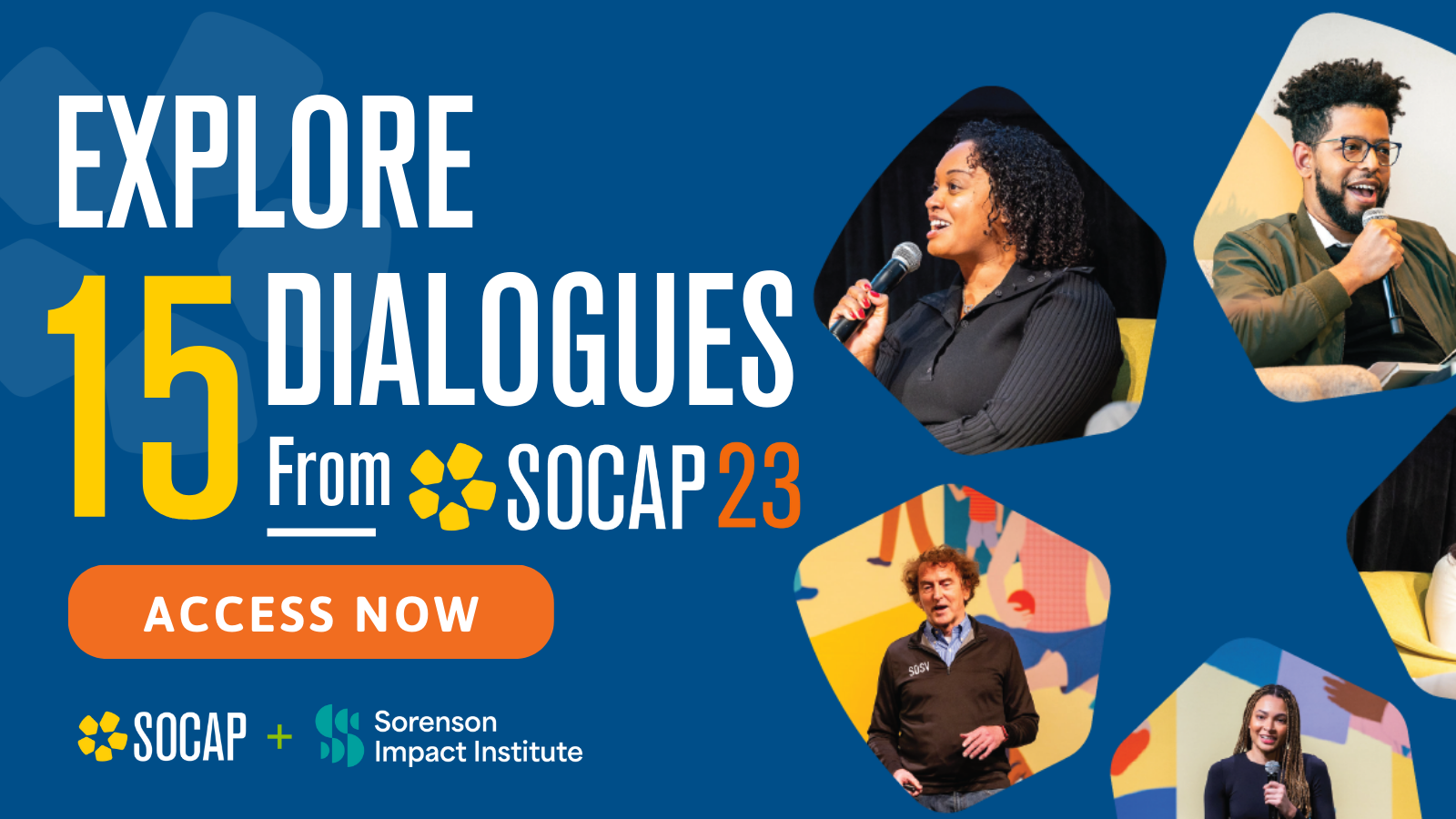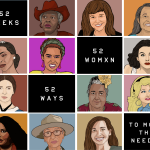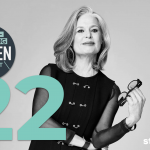Question:
How can I have conversations about racial justice without sidelining the conversation around gender equality, and vice-versa? I feel like I’m walking on eggshells at work because I’m scared I’ll do or say the wrong thing.
Answer:
There’s a tool you can use to avoid undermining important equity issues in favor of others. It’s called intersectionality, and I want to explain how you can apply this tool to your workplace in clear, straightforward terms.
First, if I asked you to identify yourself, how would you respond? Gender, race, ethnicity, sexual orientation, physical ability, age—these are all categories you might choose to identify yourself. You could identify with one category or several. And that’s ok because these categories are not mutually exclusive. Being a man does not exclude you from being Asian. Nor does being a Gen Xer exclude you from being a lesbian.
Intersectionality recognizes this overlap. It’s as simple as that.
Now, once you recognize this overlap, you can begin to understand how your unique combination of identities impacts how you experience life.
With intersectionality, employees are no longer siloed into buckets of identity. This changes how you talk about diversity and inclusion at work.
- Racial justice is not a catchall for non-white employees
- Gender equity is not a catchall for women, and
- Categories of identity are not in competition with each other
That’s step one. Understanding and acknowledging intersectionality. It’s not step one-and-done. Intersectional data-disaggregation comes next. If you measure employee turnover, go beyond tracking this data by level or department. You should also track data by gender, by race, by age, etc.
For an excellent example of intersectional data-disaggregation, look no further than the April and May 2020 jobs reports. In April, the unemployment rate for all women was 16.2%, whereas the unemployment rate for black women was 16.4%.
When the May jobs data came out, many people cheered the drop in unemployment, which had fallen to 13.9% for women. However, the news hit differently for black women, whose unemployment rate actually rose to 16.5%.
Imagine how policies could be more effective—whether they be public policies or workplace policies—if they took into account data that was intersectionally-disaggregated.
By properly disaggregating data, you’ll be able to capture and view new dimensions of the employee experience. This approach will likely expose blind-spots (areas of improvement) to help you build a more inclusive workplace.
This article was originally published here.
Interested in having these Q&A roundups delivered directly to you? Join the Brave Souls® community (all you need is an email address).







